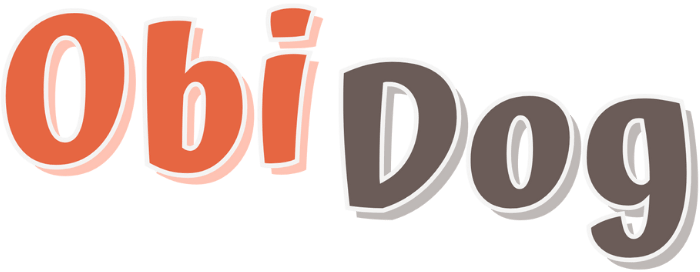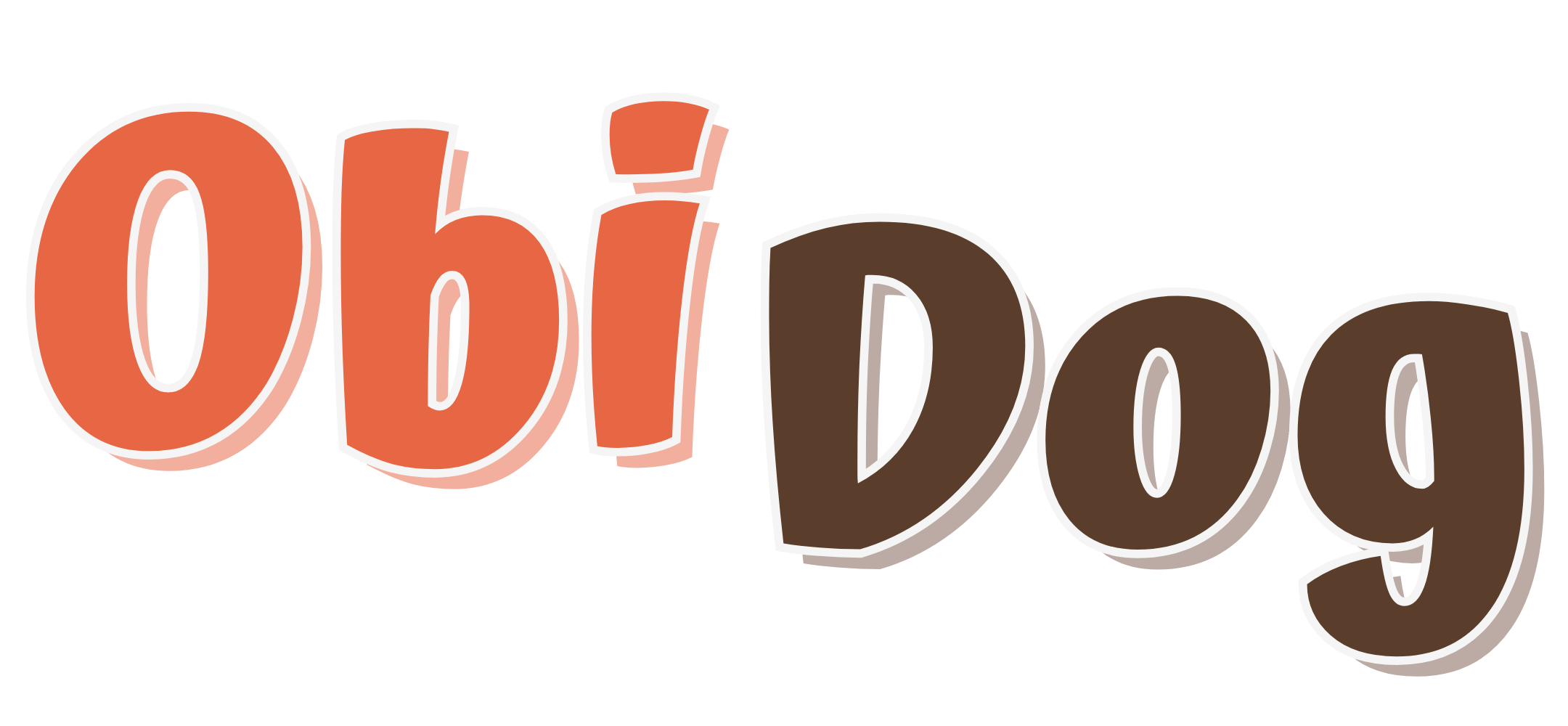Hey there!
Lately, I've been putting a lot of energy into creating videos, and it's been amazing to see how much more engaged viewers are becoming—especially when it comes to dog behaviour on walks. One of the most common questions I get is:
“How do I teach my dog to stop pulling on the leash?”
If your daily walks feel more like a tug-of-war than a peaceful stroll, this post is for you.
Satura rādītājs
How to Enjoy Stress-Free Walks Without Leash Pulling
Why do dogs pull on the leash?
Many people assume the solution is simply a firmer grip or a shorter leash. But the truth is—it all starts with pace.
We usually walk with a clear destination in mind, moving steadily from point A to B. Meanwhile, our dogs want to explore, sniff, and read the “messages” left by others.
This difference in priorities causes tension—both literally and emotionally.
Let your dog be a dog
Imagine that after a long day, someone lets you pause to watch the sunset or chat with a friend. That’s exactly what your dog wants on a walk—except their “Netflix” is made up of smells, sounds, and the chance to explore.
Short leashes often prevent this kind of enrichment. That’s why I recommend using a 5-meter leash. It gives your dog the freedom to move naturally, while still keeping things under control.
What kind of leash is best?
Not all leashes are created equal. Two of the most common types are:
-
Standard flat leash
-
Retractable leash (that coils automatically)
Retractable leashes tend to create constant tension, which can actually teach your dog that pulling gets them further.
A regular leash with just a bit of slack (shaped like a soft "U") helps your dog learn that loose-leash walking is the better deal.
A little training goes a long way
Sometimes you do need your dog to walk close—like when passing another dog, crossing the street, or navigating narrow paths.
For these situations, it helps to teach a simple command like “heel” or “close.” You don’t need to drill this for hours—a few short moments during walks are enough.
Material matters too
Cotton leashes are great in dry weather, but they get heavy and uncomfortable when wet.
Nylon handles moisture better but tends to attract dirt.
If you’re looking for something that performs well in any weather, go for a leash that resists both water and grime. It’ll be easier to clean and last much longer.




Share:
About the dogs of dogs on the rugs
Dog Market! How to avoid sick puppies.